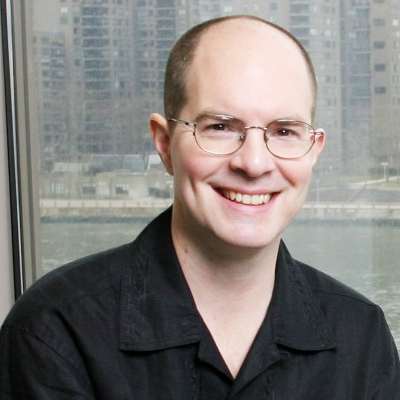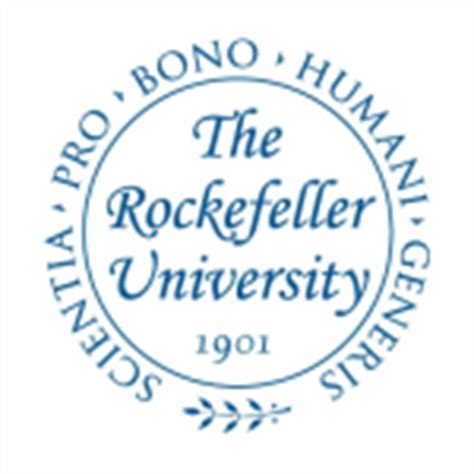RNA polymerase may lead to treatment that will affect patients worldwide
Think back to your high school biology course and you may remember how important RNA is to every living organism. RNA is the blueprint for proteins and is made within cells by a complex molecular machine, the RNA polymerase, in a process called transcription. Dr. Seth Darst, of Rockefeller University, explores the mechanism and regulation of the process of transcription by determining three-dimensional structures of RNA polymerase and associated proteins. Because RNA polymerase is important for all organisms ranging from bacteria to humans, Dr. Darst is able to study the simpler bacterial versions to understand how transcription and gene expression are controlled in more complicated systems. While much of his research is very basic, seeking to understand the structure and mechanism of the RNA polymerase enzyme, applications for the future are numerous. In fact, Dr. Darst’s study of tuberculosis is likely to lead to novel therapeutic strategies for tuberculosis treatment. In addition to likely therapeutics for tuberculosis, Dr. Darst’s research will allow the development of new therapeutics against a wide range of bacterial pathogens, all of which depend upon RNA polymerase for survival.
Dr. Darst uses many biochemical and biophysical techniques within his laboratory, but uses predominantly X-ray crystallography and cryo-electron microscopy to determine structures of transcription complexes. Using this important variety of techniques, Dr. Darst determined the first high-resolution structure of a cellular RNA polymerase enzyme in 1999. Since, his research has continued to lead the field in innovative and rigorous research as he and his team have made many contributions to the field. While understanding the structures of proteins is an important piece of Dr. Darst’s puzzle, perhaps most impressive is that his research will lead to transformational therapies for many diseases that affect patients worldwide.
Current research includes:
-
Tuberculosis Treatment: Tuberculosis, caused by infection with the bacterium M. tuberculosis, continues to pose a major health problem, particularly due to the increase in multidrug resistant strains. It is estimated that 1/3 of the human population is infected with M. tuberculosis. A deeper understanding of M. tuberculosis RNA polymerase its regulation has the potential to identify novel therapeutic strategies for tuberculosis.
-
Structural Studies: Dr. Darst works with model organisms, including Escherichia coli (E.coli) for genetic and biochemical studies, and Thermus aquaticus or Thermus thermophilus for structural studies. Structural and functional studies of mycobacterial RNA polymerase are also underway.
Bio
After completing his Ph.D. in chemical engineering, Dr. Darst realized that he was more interested in science rather than engineering. Therefore, he completed his postdoc in the laboratory of Nobel laureate Dr. Roger Kornberg at Stanford University, where he began learning structural biology and also developed an interest in transcription. In 1992, Dr. Darst moved to The Rockefeller University to continue his work. For over twenty years, he has been motivated by the desire to understand the fascinating structures and mechanisms of the molecular machines that bacterial cells use to make RNA and by the possibility that this understanding can contribute to therapies for infectious diseases such as tuberculosis. Collaborating with researchers across the globe, including collaborations with his wife, Dr. Elizabeth Campbell, has lead to innovative and fruitful research that is likely to improve therapies of the future.
In his free time, aside from research, Dr. Darst enjoys playing the piano.
Website: http://www.rockefeller.edu/research/faculty/labheads/SethDarst/
In the News
The Rockefeller University
The Rockefeller University


